Moon Monday Issue #46
NASA splits human exploration efforts to focus on sustainable human presence on the Moon, selects landing site for water-mapping mission, tests for Artemis I, plans Artemis VIII and beyond, and more.
Highlight
NASA’s Human Exploration and Operations Missions Directorate (HEOMD) has been taking care of everything U.S. crewed exploration for the last decade, from sending NASA astronauts to the International Space Station and commercializing human activities in Earth orbit to preparing a return of humans to the Moon. In view of its increasing scope, NASA Administrator Bill Nelson announced on September 21 that the agency is splitting HEOMD into two: Exploration Systems Development Mission Directorate (ESDMD) and Space Operations Mission Directorate (SOMD), a move that goes back to NASA’s similar organization prior to 2011.
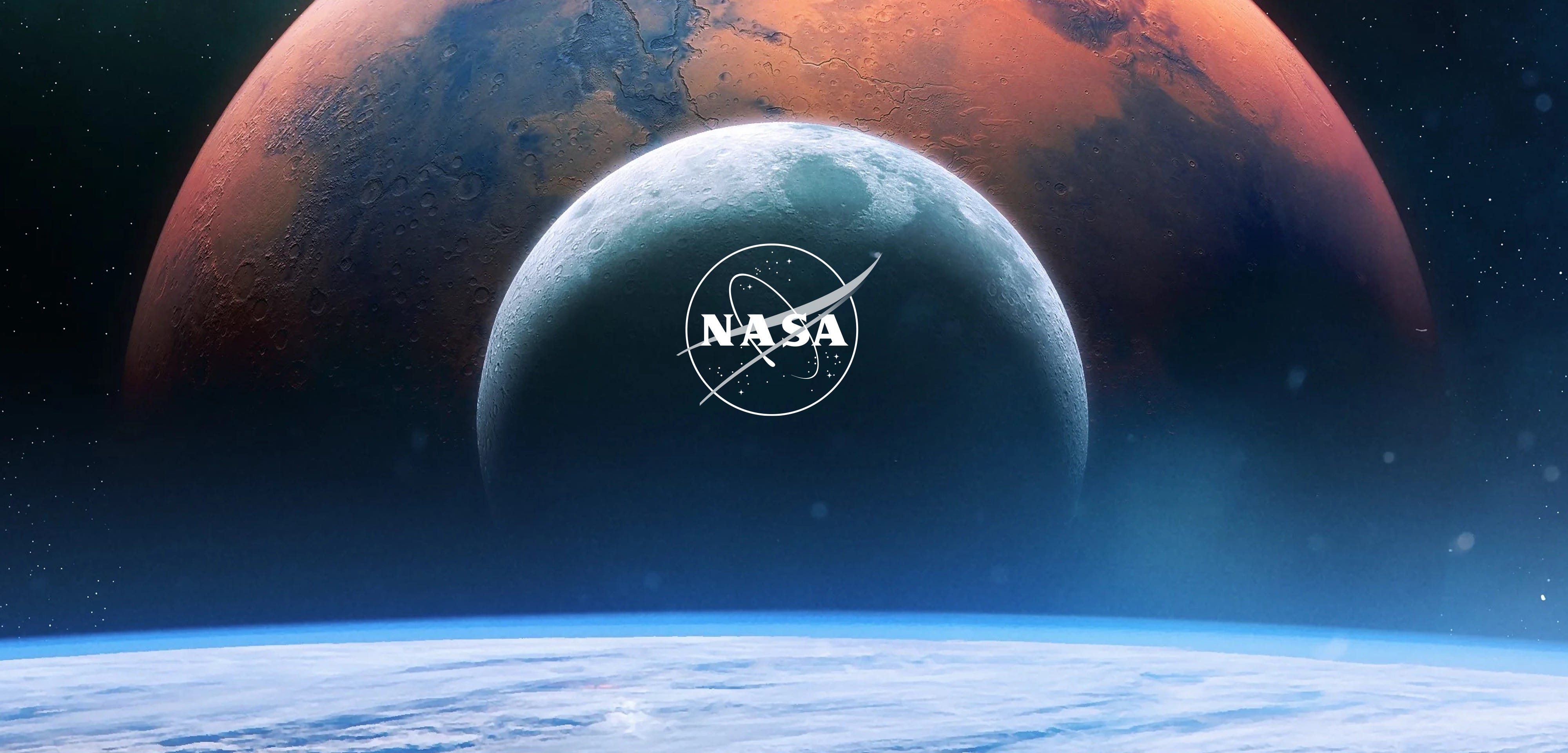
Jim Free, who was Director of NASA’s Glenn Research Center from 2013-16 and has extensively worked on the Orion spacecraft both as systems engineer and technical program lead, will head ESDMD to define and manage a multitude of Artemis programs to land humans on the Moon again and chart a path to sustain activities there. Kathy Lueders, who previously successfully led HEOMD especially with regards to NASA’s Commercial Crew Program, will head SOMD to focus on sustaining crewed missions in Earth orbit, including the International Space Station, and commercializing activities in that space. Once ESDMD starts regularly and reliably flying astronauts to the Moon, it will hand over those tasks to SOMD, which will then sustain, scale, and commercialize the activities while ESDMD looks to putting humans on Mars and beyond.
Exploration
On September 19, NASA successfully tested the release and retract mechanisms of the supporting umbilical arms connected to the SLS rocket. When the rocket will be at the launchpad, the umbilical will provide power, communications, cooling, and fuel to the rocket and the Orion spacecraft on top until they disconnect and retract for launch. The next time the umbilical arms will retract will be for the launch of Artemis I on this SLS rocket late this year or likely early next, which will send an uncrewed Orion spacecraft on a mission to go around the Moon and come back.
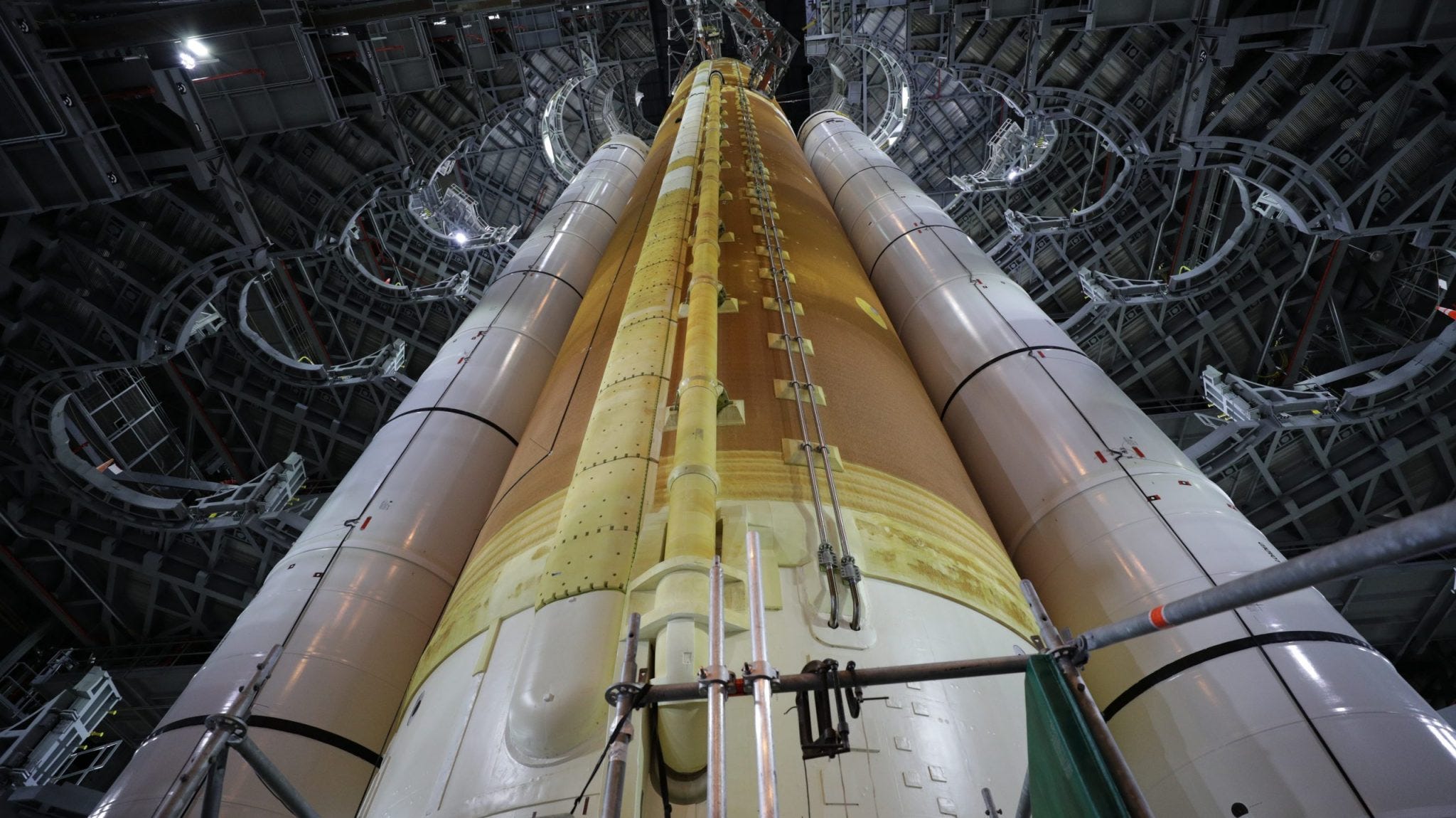
NASA wants companies to propose a new van that’s emissions-free to take its future Moon-bound astronauts from suit-up facilities to the launchpad. This “Artemis Crew Transportation Vehicle” should be able to carry up to 8 passengers, including 4 fully suited astronauts, and be ready by June 2023, a few months after which NASA’s first crewed Artemis Moon mission will liftoff.
More details emerge on Blue Origin’s lawsuit against NASA for selecting SpaceX as the sole crewed lander provider for the first Artemis astronauts touching down on the Moon. The U.S. Court of Federal Claims released a (significantly redacted) version of Blue Origin’s complaint on September 22. Blue Origin’s core argument is that NASA ignored the fact that SpaceX didn’t include Flight Readiness Reviews before each Starship tanker launch in their bid. According to Blue Origin, this deficiency should have disqualified SpaceX from an award. When Blue Origin had earlier protested SpaceX’s selection to the U.S. Government Accountability Office, the latter did agree that NASA erred in not requiring a Flight Readiness Review for each Starship tanker launch but ultimately did not sustain the protest because it found no evidence of that affecting the overall selection. Blue Origin disagrees and says their proposal would’ve had a very different architecture and price without this requirement.
Masten Space is progressing on its NASA-aided technology to have future robotic and crewed Moon landers build near-instantaneous landing pads by spraying particles from its engines right before touchdown, particles which would stick to the lunar soil and solidify. This will prevent rocket plume effects such as formation of large craters, damage to nearby hardware, and high-velocity dust kick up affecting even fairly distant astronauts. After a year of study, and testing materials on Masten’s own lunar-lander-simulating vertical takeoff and landing systems, Masten says they have optimized the material and size selection of the injected particles to ensure they leave the engine without melting, quickly adhere to each other and the lunar soil, and solidify swiftly after. As per their calculations, a large-scale Artemis crewed lander (presumably not SpaceX Starship) would require 186 kilograms of aluminum particles of varying sizes to fully deploy a 6-meter wide landing pad in 10 seconds. The pad would then cool in 2.5 seconds after which the spacecraft can safely touch down.
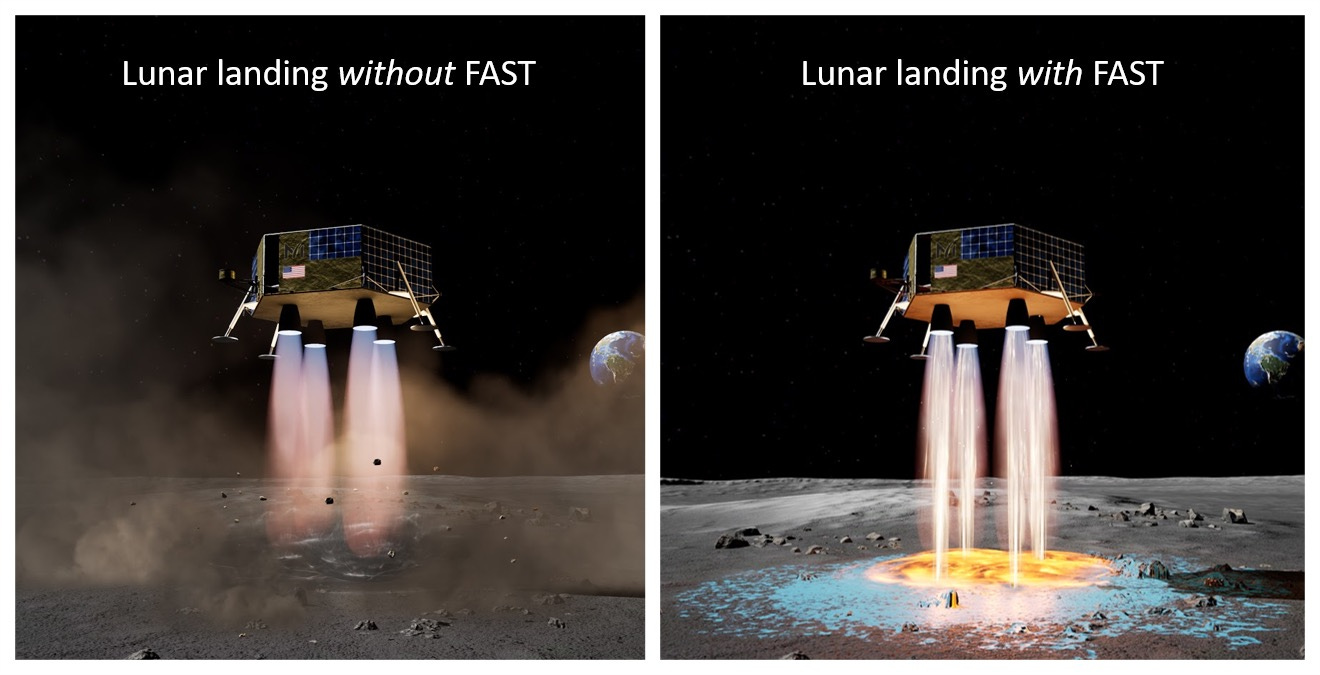
NASA has selected Aeroject Rocketdyne to develop and certify the Orion Main Engine by April 2032 to replace the Orion spacecraft’s current Space Shuttle era Orbital Maneuvering System Engine. Per the terms of the indefinite-delivery/indefinite-quantity contract with firm-fixed-price orders and a maximum value of $600 million, NASA aims to use the new Orion engine for Artemis crewed missions VIII through XIV. The notable thing to me here is that NASA really is planning later-stage Artemis missions and is beginning to publicly share some of those developments. A return to the Moon effort has never been so convincing.
Science
Following the discovery of abundant water on the Moon’s poles, entities globally are interested in using this water to sustain lunar activities and even industries. But we don’t know yet exactly where the water is on local scales, what form it is in, and how easy it is to access. That’s what NASA’s VIPER mission, launching in 2023, will help us find out by exploring a representative region on the Moon’s south pole. On September 21, NASA announced VIPER will land near the western edge of the Nobile crater, a landing site selected after considering several challenging constraints such as a slope-riddled terrain, an eternally low Sun on the horizon, limited Earth communications, and more. The VIPER rover will primarily look for and study surface and subsurface water ice deposits in and around 500-to-800-meter-sized permanently shadowed regions near the large Nobile crater.
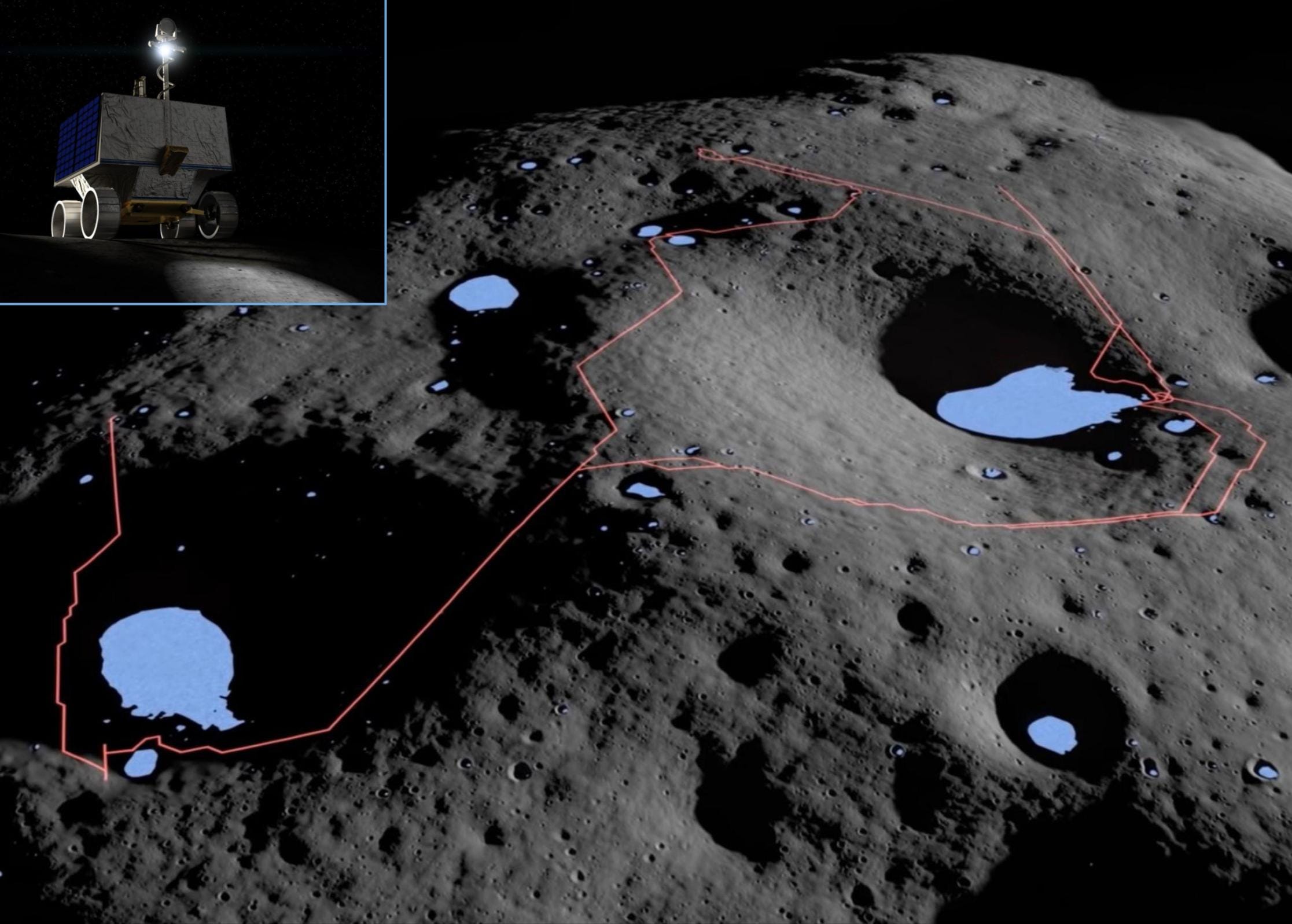
Orbital data suggests there should be plenty of water ice in the selected region but since that data isn’t of fine resolution, some researchers worry that VIPER might not find any ice or enough of it within the mission’s design scope. India’s Chandrayaan 2 orbiter, with its upgraded instruments might be able to provide better orbital data—like its radar-imaged Peary crater—to increase the effectiveness of VIPER’s landing site selection but a NASA-ISRO collaboration for the mission isn’t currently in sight.
The open access journal Remote Sensing has published a special issue on analysis of remote sensing datasets acquired by recent Moon missions. It also includes papers from directly related research using imaging instruments, and results from remote sensing data aiding understanding of the solar wind’s effects on lunar soil.
Here's a nice NASA-hosted Moon Minerals 101 quick reference useful for non-geologists working in lunar science, fellow science writers like me, and lunar enthusiasts all around the globe. :)
More Moon
The International Astronomical Union has named a crater on the Moon after the Arctic explorer Matthew Henson, a Black man. Located between Sverdrup and de Gerlache craters on the Moon’s south pole, Henson Crater lies within the same region of interest as NASA’s Artemis plans. I’ve marked the crater’s approximate location with a blue polygon on LROC’s interactive Quickmap.
Last week NASA released its first digital, interactive graphic novel “First Woman: NASA’s Promise for Humanity”, which imagines the story of Callie Rodriguez as the first woman to explore the Moon, alluding to NASA’s intentions to have a woman and a person of color on its first Artemis crewed landing mission.
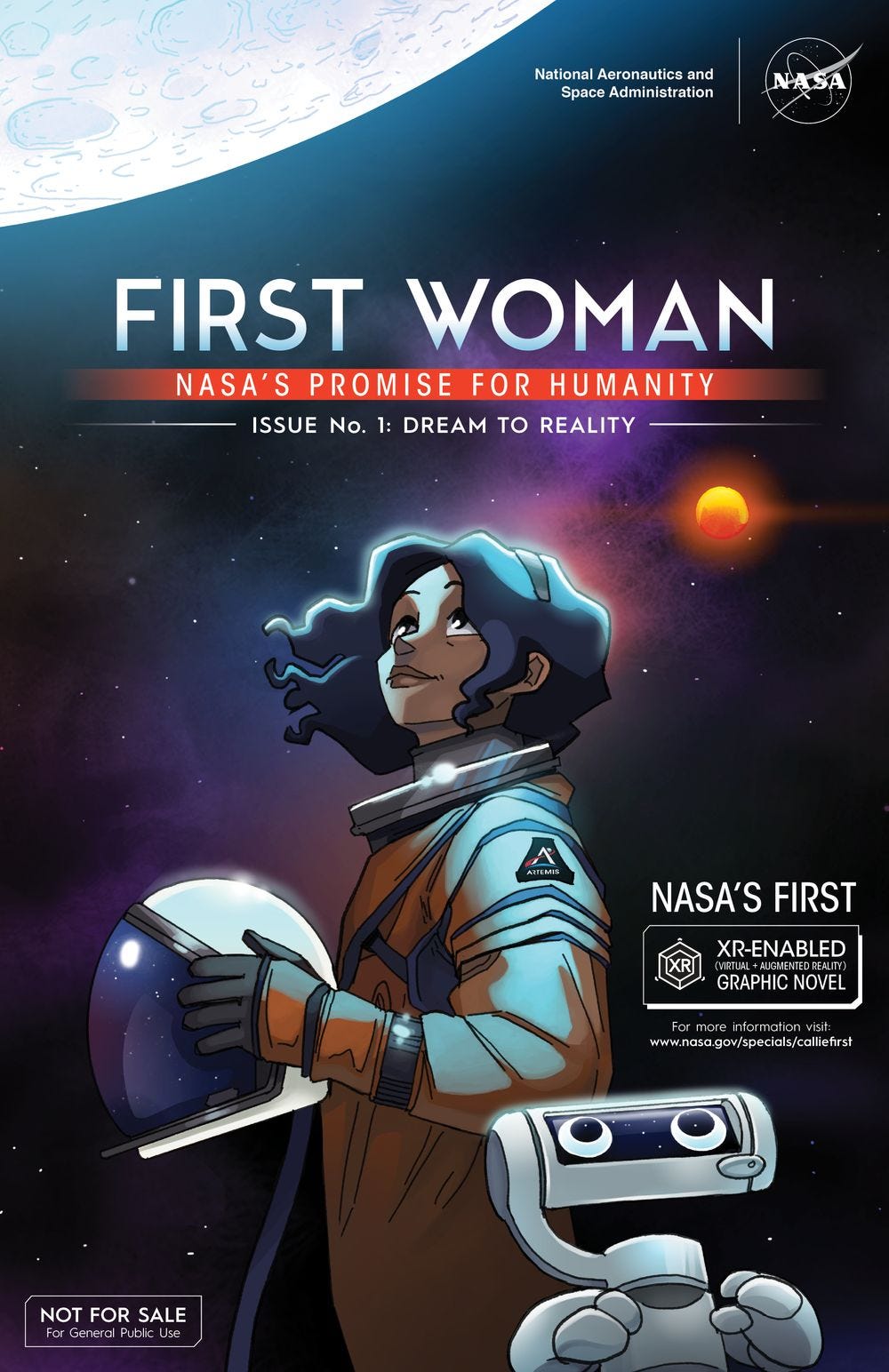
Thank you Open Lunar Foundation, Epsilon3, and SWISSAPOLLO for supporting me and powering this edition of Moon Monday.
Everyone, I’m publishing this one-of-a-kind Moon exploration newsletter for free, with no ads. And it will stay that way. If you like my comprehensive coverage of lunar exploration and science, your support will keep it going.
